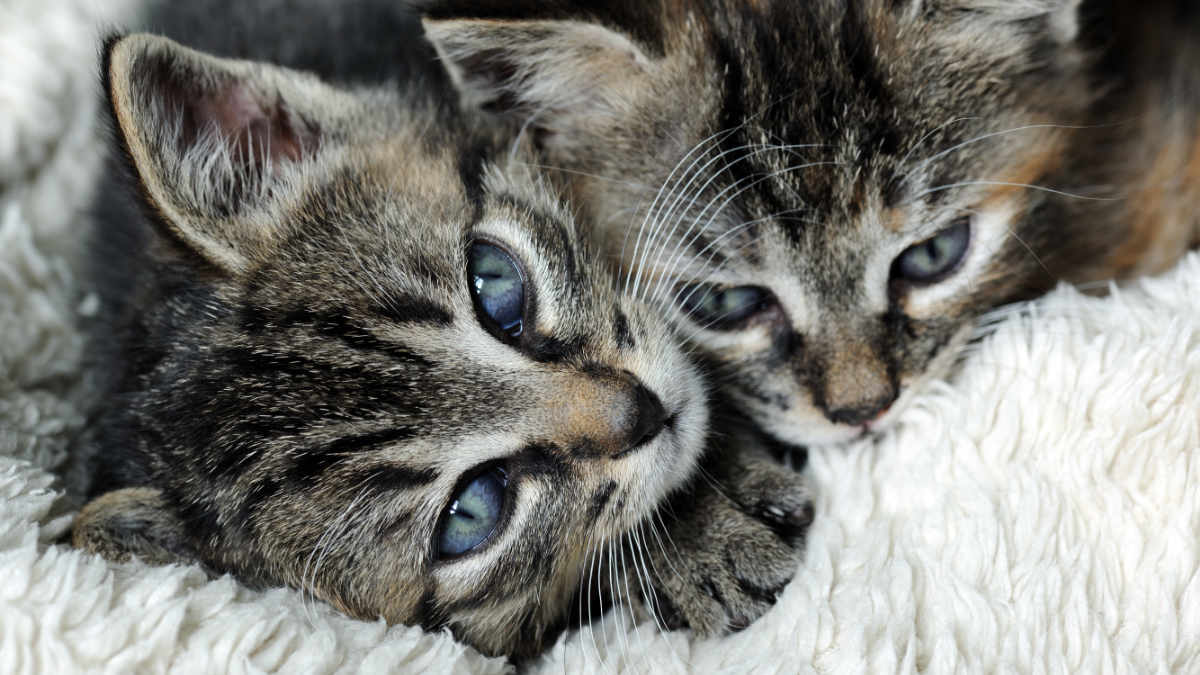Buying the best cat insurance for your feline friend means you can be confident that your cat will be looked if it becomes ill, needs a medical procedure or on-going medicine. With lots of cat insurance policies available, choosing the best pet insurance can be difficult. Factor in cat insurance cost and what benefits it offers, and it’s worth taking time to choose the best cat insurance for you.
Unlike dog insurance, cat insurance take-up is very low. According to the Association of British Insurers (ABI), just 16% of the UK’s 7.5m cat owners have taken out cat insurance. Pet insurers paying out £112m in cat insurance claims in 2017, according to the ABI. The range of vet services insured has also increased – one owner claiming £366 for treatment of a lethargic cat.
Why buy cat insurance?
Next to dogs, cats are the most insured pets in the UK. Monthly premiums are usually inexpensive and cover more than just unexpected vet bills. Unless you have an indoor cat, many cats roam freely – which can result in injuries from catfights and accidents. Cat injuries need treating quickly, especially bites from other cats, which can become infected.
The average vet bill in the UK is around £760, according to Statistica, with vet fees for lengthy health conditions costing thousands. The average cost of treating a cat with diabetes is £1,060, while the cost of treating a cat with a tumour stands at around £687 according to the ABI.
What does cat insurance cover?
Cat insurance doesn’t just cover vet bill costs, and is worth buying the best pet insurance, especially if your cat spends time outside. Cat insurance typically covers:
Death of a cat – most insurance policies will cover death, although these are limited to younger cats if the cause of death is a natural illness. It’s a good idea to check that the cat insurance policy covers the cost of a vet needing to euthanise or put your cat to sleep.
Behavioural problems – cat psychology has seen a surge in popularity but helping stressed cats or cats with behavioural problems can be costly. Some cat insurance policies will cover treatment and even partner with pet behaviour organisations.
Loss or theft – Cat insurance policies that cover cats for loss or theft are particularly useful. Some policies will include a payout to cover the cost of advertising and a reward for its safe return. Usually, the policy will pay for the purchase price of your cat, so make sure you store these details safely.
Illness and vet bills – Cat insurance policies will cover a range of conditions, though check the policy before buying so you’re getting the best pet insurance policy for you. Typically, policies will cover general pet costs such as the treatment of accidents, illness or injury to your pet cat.
Long-term conditions – Aside from illness and injuries, many cats can be susceptible to long-term conditions, especially as they age. Look for lifetime cat insurance policies and ones that offer unrestricted cover to ensure that hereditary and congenital cat health issues are also covered.
Cat dental care – cats can be susceptible to tooth problems, either through disease or through injury and accident. Look for policies that offer dental care, though it’s rare to find cat insurance that includes cosmetic work.
Additional cat insurance cover – Other risks can be covered, including unwanted pregnancies (most cat insurers will offer a discount off the premium for neutering or spaying your cat). Some policies also provide for alternative therapies, such as acupuncture and homoeopathy if referred by a vet.
Types of cat insurance
Cat insurance policies fall into three types: accident-only, annual and lifetime. Depending on the age of your cat, and whether it is a house cat or outdoor cat, different cat insurance policies will suit your cat and circumstances best.
Accident only cat insurance – This is the cheapest level of cat insurance you can buy, and covers claims for accidental injuries, such as an injury sustained in a catfight. This type of cat insurance won’t cover illnesses or existing conditions.
Annual cat insurance – This is the type of pet insurance most similar to home or car insurance. You’ll usually buy annual cat insurance each year, and it will cover both accident and illness. Many pet insurers offer different levels of cover and excess levels. The amount you pay on any claim, with the remainder paid by the insurer. Annual cat insurance is good as it allows you to shop around each year and buy the best policy or the most competitively priced. However, annual cat insurance offers less cover than lifetime insurance, and may not cover any existing or hereditary conditions.
Lifetime cat insurance – This is seen by many as the best pet insurance, as it insures your cat for life. It is best taken out when your cat is a kitten or a young feline, and you’ll simply pay an annual renewal fee. It’s a good pet insurance policy as your cat ages, though premiums can increase each year, and most policies will include cover for any hereditary conditions that emerge.
Need home insurance? Our guide reveals how to get the best over 50s home insurance.
Watch out for limits with cat insurance
Like all pet insurance, most cat insurance policies impose limits. This is the number of times or the amount of money that the insurer will pay out for claims made on the policy during a calendar year. Certain conditions and treatments – such as an accidental injury – can be limited to, say, two claims per year. If you need to make a third claim, the policy won’t payout. If you have a particularly accident-prone cat, it is worth assessing how many claims you are likely to make in a year.
Is self-insurance a good alternative to cat insurance?
Many cat owners opt to self-insure their cat rather than pay for insurance. Self-insurance simply means putting aside a sum of money each month that you can then use to pay vet bills. If you don’t encounter any issues, then you’ve put away a tidy sum that you can use elsewhere. It’s a bit of a gamble on whether you think your cat will need vet treatment.
Overall, self-insurance might not be for everyone. Vet bills can be hugely expensive – easily running into thousands of pounds – and you’d be faced with making up the shortfall to treat your cat. It’s worth remembering that cat insurance also covers other events, such as a lost cat, and may have other benefits.
Declaring pre-existing conditions
Similar to human health insurance, it’s important to declare in detail any pre-conditions or health issues your cat has had when you buy a new policy. This is especially important when shopping around for a new annual policy. It is far better to declare all conditions and pay a more expensive premium than run the risk of having your claim rejected for anything that was pre-existing before you took out the policy.
Where to buy pet insurance
Pet insurance can be purchased in lots of places – from supermarkets such as Tesco and Sainsbury’s, to your local vet’s surgery. Most will offer a decent level of cover and are convenient to buy.
If you want to shop around, price comparison websites such as CompareTheMarket and Go Compare offer pet insurance quotes. Simply enter in your cat’s details and you can buy cat insurance in just a few minutes.































































